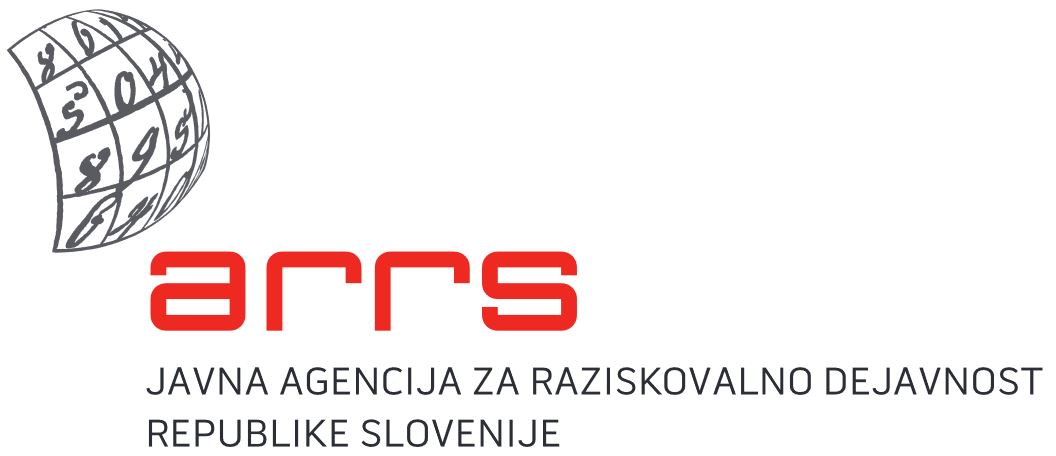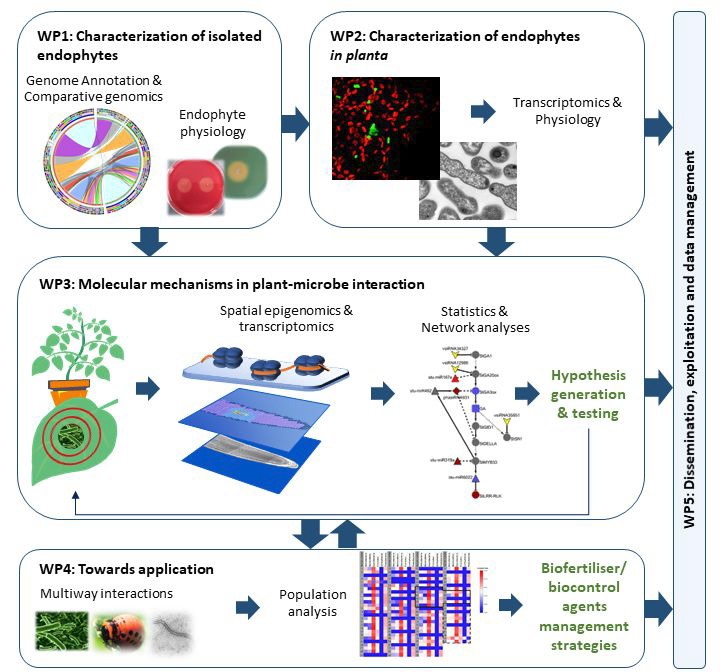Projects
The purpose of the investment project BTH-NIB is the assurance of the appropriate infrastructural conditions for the use of research and developmental opportunities in the fields of operation of the NIB.
Play Video About project Publication
Exploring potato microbiota potential for modulating its immunity and growth
Project coordinator: dr. Kristina Gruden
Code: J4-3089
Duration: 1.10.2021-30.9.2024
Understanding how plants and other organisms interact in the environment is key to long-term environmentally friendly crop management. Potatoes are one of the most important crops with a production of about 350 million tons per year. The most important pathogens of potato worldwide are the oomycetes Phytophtora infestans and potato virus Y (PVY), while the most important insect pest is the Colorado potato beetle (Leptinotarsa decemlineata L.). Even if chemical pesticides are applied, infections can still lead to 80% yield reduction. On the other hand, it is known that some microbes can promote plant immunity and growth. A promising group in the search for such microbes are endophytes, microorganisms that colonize the inner plant tissue during all or part of their life cycle.
To better understand the interaction between plants and endophytes, it is important to identify and characterize a microbial community adapted to the plant host.
The main goal of the project is to understand how plant and endophyte interact at the molecular and physiological level and how this affects the plant's response to other organisms.
We hypothesize that the potato microbiota alters the physiology of plants locally and systemically and enables their better functioning in interaction with pests.
We will examine this hypothesis using the following specific objectives:
1. characterise potato endophytes at the genomic and physiological levels, both in situ in culture and in planta
2. investigate the influence of isolated endophytes on plant growth and immunity at the molecular and phenotypic levels
3. characterise differences in plant response mechanisms to pathogens and endophytes.
The authors acknowledge the J4 3089 is financially supported by the Slovenian Research Agency


 Scope of NIB's accreditation is given in the Annex to the accreditation certificate and in the List of accredited methods for detection of GMOs and microorganisms – plant pathogens
Scope of NIB's accreditation is given in the Annex to the accreditation certificate and in the List of accredited methods for detection of GMOs and microorganisms – plant pathogens 
